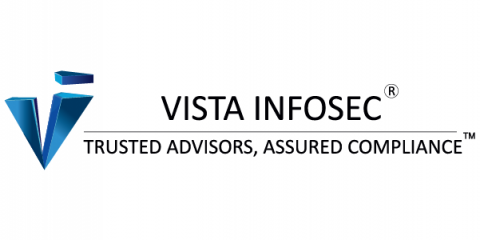DiagTrack: Connected User Experience and Telemetry Service
In the age of software subscriptions, it is expected for over the air updates and bug fixes to happen instantaneously. To fix bugs and improve the user experience the software must be able to contact the creator to inform them of what is in need of optimization.











